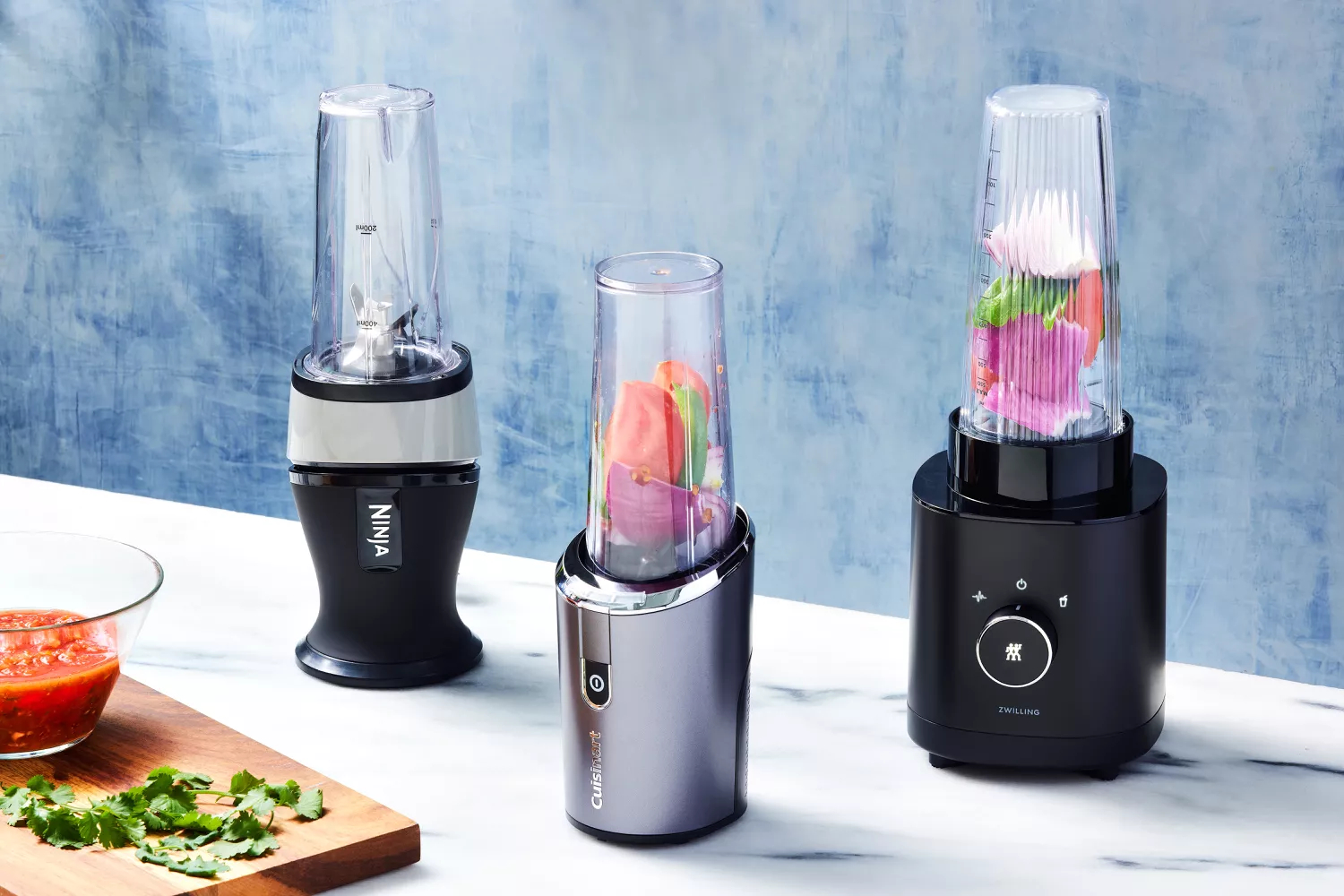

Articles
How To Use A Blender For Smoothies
Modified: August 24, 2024
Learn how to use a blender for smoothies with our informative articles. Find tips, recipes, and techniques to make the perfect smoothie every time.
(Many of the links in this article redirect to a specific reviewed product. Your purchase of these products through affiliate links helps to generate commission for Storables.com, at no extra cost. Learn more)
Introduction
Welcome to the wonderful world of smoothies! Whether you are a health enthusiast looking for a nutrient-packed breakfast option or a fitness enthusiast in need of a post-workout refuel, smoothies can be a delicious and convenient way to get your daily dose of vitamins, minerals, and antioxidants. And the key to making the perfect smoothie lies in using a blender.
In this article, we will guide you through the process of using a blender to create your own delectable smoothies right at home. From choosing the right blender to blending techniques and troubleshooting tips, we’ve got you covered.
So, let’s dive in and learn how to harness the power of your blender to whip up smoothie creations that will leave your taste buds satisfied and your body nourished.
Key Takeaways:
- Choose a high-powered blender with durable blades and multiple speed settings to create perfectly blended smoothies. Research and invest in a quality blender for efficient and reliable smoothie-making.
- Experiment with ingredient ratios, blending techniques, and liquid options to customize your smoothie to your taste preferences. Enjoy the creative process and savor the delightful and nutritious results of your homemade smoothies.
Read more: How To Use Portable Blender
Choosing the Right Blender
When it comes to making smoothies, having the right blender can make all the difference. Here are a few factors to consider when choosing the perfect blender for your smoothie-making needs:
- Power and Motor: Look for a blender with a powerful motor, preferably with at least 600 watts of power. This will ensure that your blender can handle blending tough ingredients like frozen fruits and leafy greens without any issues.
- Capacity: Consider the size of the blender jar and choose one that suits your needs. If you plan on making large batches of smoothies, opt for a blender with a larger capacity. However, if you only plan on making single servings, a smaller blender will work just fine.
- Blade Quality: Check the quality of the blender’s blades. Look for stainless steel blades that are sharp and durable. Blenders with multi-tiered blades tend to blend ingredients more efficiently.
- Speed Settings: Having multiple speed settings on your blender can be beneficial. This allows you to control the speed and consistency of your smoothie. Look for blenders with at least three-speed settings to give you more versatility.
- Blender Type: There are various types of blenders available, including countertop blenders, immersion blenders, and personal blenders. Each type has its own advantages and disadvantages. Consider your needs and preferences to choose the blender type that suits you best.
Take the time to research and read reviews before making a purchase. Look for blenders that have positive feedback, good ratings, and a warranty for added peace of mind. Investing in a high-quality blender will ensure that you have a reliable and efficient tool for creating smoothies.
Preparing the Ingredients
Before you start blending, it’s essential to properly prepare your ingredients to ensure a smooth and delicious smoothie. Here are some steps to follow:
- Wash and Chop: Thoroughly wash all fruits and vegetables to remove any dirt or residue. Peel and chop them into smaller pieces for easier blending. If using frozen fruits, make sure they’re not stuck together and break them apart before adding them to the blender.
- Measure Ingredients: Refer to your recipe or personal preference to measure the desired quantities of each ingredient. This will help you achieve the perfect balance of flavors and textures in your smoothie.
- Pre-Soak Ingredients: Some ingredients may benefit from pre-soaking. If using nuts or seeds, soaking them in water overnight can help soften them and improve their blendability. This step is optional but can make a difference in the final texture of your smoothie.
- Freeze Ingredients: If you prefer a thicker and colder smoothie, consider freezing some of the ingredients in advance. For example, you can freeze ripe bananas or berries to add a creamy and frosty element to your smoothie.
Properly preparing your ingredients ensures that they blend smoothly and evenly, reducing the chances of any lumps or chunks in your smoothie. It also helps to enhance the flavor and texture of the final result, giving you a perfectly blended and enjoyable smoothie.
Blending Techniques
Now that you have your ingredients prepared, it’s time to explore some blending techniques to achieve the perfect smoothie consistency. Here are a few tips to keep in mind:
- Pulse Technique: Start by pulsing the blender a few times before blending continuously. This helps break down larger pieces of fruit or ice and ensures even blending. Pulse in short bursts until you reach the desired texture.
- Layering Technique: Layering the ingredients in the blender can help with blending efficiency. Start with the liquid (such as water, milk, or juice), followed by softer ingredients like leafy greens or yogurt. Add the harder ingredients like frozen fruits or ice on top. This layering technique helps the blades catch and blend the ingredients more effectively.
- Scraping the Sides: Occasionally, you may need to stop the blender and scrape down the sides with a spatula. This ensures that all the ingredients are incorporated into the mixture and prevents any chunks or unmixed portions.
- Blending Time: Avoid overblending your smoothie. Blend just until all the ingredients are well combined and have reached the desired consistency. Overblending can lead to a frothy or thin smoothie with a less desirable texture.
Experiment with different blending techniques to find what works best for you and the ingredients you’re using. Adjust the blending time and pulsing technique based on the desired thickness of your smoothie. Remember, practice makes perfect, and you’ll become more skilled at achieving the ideal smoothie consistency with time.
Adding Liquid
Liquid is a crucial component of any smoothie. It helps in blending the ingredients smoothly and determines the thickness and consistency of your final concoction. Here are a few options for adding liquid to your smoothie:
- Water: Simple and calorie-free, water is an excellent choice if you prefer a lighter or more hydrating smoothie. It allows the flavors of the other ingredients to shine through.
- Milk: Dairy or non-dairy milk, such as almond, soy, or coconut milk, can add creaminess and richness to your smoothie. It also provides additional protein, calcium, and other nutrients.
- Juice: Fruit juices like orange juice or apple juice can add natural sweetness and flavor to your smoothie. Just be mindful of the sugar content in store-bought juice and consider using fresh-squeezed juice for a healthier option.
- Yogurt: If you prefer a thicker and tangier smoothie, adding yogurt can do the trick. Greek yogurt, in particular, adds protein and a creamy texture.
- Coconut Water: Coconut water is not only hydrating but also adds a subtle tropical flavor to your smoothie. It is low in calories and rich in potassium, making it a healthy choice.
The amount of liquid you add will depend on your personal preference and the desired thickness of your smoothie. Start with a smaller amount and gradually add more as needed until you achieve the desired consistency. Remember, it’s easier to add more liquid if the smoothie is too thick than to thicken it if it’s too thin.
Feel free to mix and match different liquids to create unique flavor combinations. And don’t be afraid to get creative and experiment with flavored waters, herbal teas, or even coffee as your liquid base. The possibilities are endless when it comes to customizing your smoothie to your taste.
Read more: What Blender Does Tropical Smoothie Use
Incorporating Extras
While fruits and liquids form the foundation of a smoothie, adding extras can take your smoothie to the next level in terms of flavor, texture, and nutrition. Here are some ideas for incorporating extras into your smoothie:
- Leafy Greens: Boost the nutritional content of your smoothie by adding a handful of leafy greens like spinach, kale, or Swiss chard. They are packed with vitamins, minerals, and fiber.
- Protein Powder: For an added protein punch, consider adding a scoop of protein powder. Look for high-quality options such as whey, pea, or hemp protein powder. It can help keep you full and satisfied throughout the day.
- Healthy Fats: Add a dose of healthy fats by including ingredients like avocado, nut butter, or chia seeds. These additions provide essential fatty acids and can help create a creamy and indulgent texture.
- Superfood Powders: Superfood powders like spirulina, maca, or cacao powder can provide a nutritional boost to your smoothie. They are rich in antioxidants and various vitamins and minerals. Start with a small amount and adjust to your preference.
- Spices and Herbs: Enhance the flavor profile of your smoothie by incorporating spices like cinnamon, ginger, or turmeric. Fresh herbs like mint or basil can also add a refreshing twist.
When adding extras to your smoothie, consider the overall flavor combination and balance. Start with smaller amounts and adjust as needed. It’s all about finding the right balance for your taste preferences and nutritional goals.
Remember that the extras are optional, and you can choose to include them based on your personal preferences and dietary needs. Play around with different combinations to discover your favorite smoothie concoction.
When making smoothies in a blender, start by adding the liquid first, followed by soft fruits and vegetables, then harder ingredients like ice and nuts. This will help the blender process the ingredients more efficiently.
Blending and Adjusting Consistency
Once your ingredients and extras are in the blender, it’s time to blend and adjust the consistency of your smoothie. Here are some tips to ensure a well-blended and perfectly textured smoothie:
- Blend on High: Start by blending on high speed to break down all the ingredients and achieve a smooth consistency. This will usually take anywhere from 30 seconds to a minute, depending on the power of your blender and the ingredients used.
- Check for Consistency: After the initial blend, stop the blender and check the consistency of your smoothie. If it’s too thick, add a small amount of liquid (water, milk, or juice) and blend again. If it’s too thin, you can add more frozen fruit, ice, or even a handful of nuts to thicken it up.
- Adjust Sweetness: Taste your smoothie and adjust the sweetness if needed. You can add a natural sweetener like honey, maple syrup, or dates to enhance the flavor. Avoid adding refined sugars or sweetened syrups for a healthier option.
- Blend Again: Once your adjustments have been made, blend the smoothie again to incorporate any added ingredients and ensure everything is well mixed. This final blend will help achieve a consistent texture and distribute flavors evenly.
- Ice and Texture: If you prefer a colder or icier smoothie, you can add a handful of ice cubes and blend until they are fully incorporated. This will give your smoothie a refreshing chill and a thicker texture.
Remember, the perfect smoothie consistency is subjective, and it may vary from person to person. Some prefer a thinner and more sippable smoothie, while others enjoy a thicker and spoonable one. Don’t be afraid to experiment and adjust the consistency to your liking.
Once you have achieved the desired consistency, it’s time to pour and serve your delicious homemade smoothie. Enjoy it immediately to savor the freshness and flavors of your creation.
Pouring and Serving
Now that your smoothie is perfectly blended, it’s time to pour and serve it. Follow these tips to ensure a visually appealing and enjoyable smoothie experience:
- Choose the Right Glass: Select a glass or cup that is suitable for the size of your smoothie. A tall glass works well for larger servings, while a smaller glass is ideal for single servings.
- Pour Smoothly: Slowly pour your smoothie into the glass to avoid any spills or mess. Hold the blender jar close to the glass and tilt it slightly while pouring to control the flow.
- Garnish and Decorate: Add a finishing touch to your smoothie by garnishing it with fruits, herbs, or a sprinkle of seeds. This not only adds visual appeal but also enhances the taste and texture of your smoothie.
- Use a Straw or Spoon: Depending on the thickness of your smoothie, choose either a straw or a spoon for enjoying it. Thicker smoothies may require a spoon, while thinner ones are perfect for sipping through a straw.
- Enjoy Immediately: Smoothies are best enjoyed fresh. Once poured, serve your smoothie immediately to enjoy its optimal taste and texture. This will ensure that you get the full nutritional benefits as well.
Serving a smoothie can be a fun and creative experience. You can also experiment with different serving styles, such as layering different colored smoothies or serving them in bowls with toppings for a smoothie bowl experience.
Remember to drink your smoothie slowly and savor each sip or bite. Smoothies are not only a nutritious choice but also a delightful treat that can be enjoyed at any time of the day.
Cleaning and Maintenance
After enjoying your delicious smoothie, it’s important to properly clean and maintain your blender for its longevity and optimal performance. Here are some tips for cleaning and maintaining your blender:
- Immediate Rinse: As soon as you finish using the blender, rinse the blender jar and blade assembly with warm water. This helps prevent any residue from drying and becoming difficult to clean later.
- Disassemble Parts: Take apart the blender jar, lid, and blade assembly for thorough cleaning. Follow the manufacturer’s instructions for safe disassembly.
- Hand Wash or Dishwasher: Most blender parts are dishwasher safe. If you prefer, you can also hand wash them using warm soapy water. Gently scrub any stubborn residue with a sponge or brush.
- Clean Blade Assembly: Take extra care when cleaning the blade assembly. Use a brush or sponge to remove any food particles stuck between the blades. Be cautious as the blades are sharp.
- Wipe the Base: Wipe the base of the blender with a damp cloth to remove any spills or food splatters. Make sure the base is completely dry before storing the blender.
Regular maintenance and cleaning will help keep your blender in top condition. In addition to cleaning, consider these maintenance tips:
- Inspect the Seals and Gaskets: Periodically check the seals and gaskets of your blender for any signs of wear or damage. Replace them if necessary to prevent leaks or ineffective blending.
- Store Properly: Once the blender is clean and dry, store it in a safe and dry place. Keep all the parts together to avoid misplacing them. Store the blender jar with the lid off to allow airflow and prevent any musty odors.
- Follow Instruction Manual: Read and follow the manufacturer’s instructions for your specific blender model. This includes any specific cleaning and maintenance guidelines mentioned in the manual.
By following these cleaning and maintenance practices, you can ensure that your blender stays in good condition and continues to serve you well in making delicious smoothies for a long time to come.
Read more: How To Make Frozen Yogurt In A Blender
Tips and Troubleshooting
Here are some additional tips and troubleshooting advice to help you perfect your smoothie-making skills:
- Experiment with Ratios: Don’t be afraid to experiment with ingredient ratios to customize your smoothie to your taste preferences. Adjust the amount of fruits, liquids, and extras to achieve the desired flavor and consistency.
- Frozen Fruit versus Ice: If you want a thicker and creamier smoothie, opt for frozen fruit instead of adding ice. Frozen fruit gives your smoothie a natural sweetness and avoids watering it down.
- Prevent Oxidation: To prevent oxidation and maintain the nutritional value of your smoothie, enjoy it immediately after blending. If you need to store it for a short period, transfer it to an airtight container and refrigerate.
- Start with Liquid: Add the liquid ingredients first when layering your smoothie in the blender. This helps the blades to blend everything smoothly and prevents ingredients from getting stuck at the bottom.
- Adjust Sweetness and Flavors: If your smoothie turns out too sweet or not sweet enough, you can adjust it by adding small amounts of sweeteners like honey or agave syrup, or by adding more fruits to enhance the natural sweetness.
- Keep it Balanced: Ensure a balanced nutritional profile in your smoothie by incorporating a mix of fruits, vegetables, protein, healthy fats, and other extras. This helps provide a variety of nutrients and keeps you satisfied for longer.
- Avoid Overfilling: Be cautious not to overfill your blender jar to prevent any spills or leaks during blending. Leave enough space for the ingredients to blend smoothly without any overflow.
- Chop Hard Ingredients: For harder ingredients like carrots or beets, chop them into smaller pieces before adding them to the blender. This helps ensure that they are blended evenly and don’t strain the blender motor.
- Check for Smoothie Consistency: If your smoothie turns out too thick, add small amounts of liquid and blend again until you achieve the desired consistency. If it’s too thin, add more frozen fruits or ice to thicken it up.
- Troubleshoot Blade Jams: If the blender blades get jammed with ingredients, stop the blender immediately and unplug it. Use a spatula or spoon to loosen the ingredients and redistribute them before resuming blending.
Remember, practice makes perfect, and everyone’s preferences may vary. Don’t be afraid to experiment, get creative, and adjust the process to suit your taste and texture preferences. With time and experience, you’ll become a smoothie-making pro!
Conclusion
Congratulations! You are now equipped with the knowledge and tips to create delicious and nourishing smoothies using your blender. By choosing the right blender, preparing your ingredients, and incorporating extras, you can make smoothies that are not only packed with nutrients but also bursting with flavor.
Remember to blend using proper techniques, adjust the consistency to your liking, and pour and serve your smoothie with style. Cleaning and maintaining your blender will ensure its longevity and optimal performance, allowing you to continue enjoying smoothies for years to come.
Don’t be afraid to get creative and experiment with different fruits, vegetables, liquids, and extras to discover your favorite smoothie combinations. Each smoothie can be a reflection of your unique taste preferences and nutritional goals.
So, grab your blender, stock up on your favorite ingredients, and start blending your way to a healthier and more delicious lifestyle. Cheers to vibrant and refreshing smoothies that will leave you feeling energized and satisfied!
Frequently Asked Questions about How To Use A Blender For Smoothies
Was this page helpful?
At Storables.com, we guarantee accurate and reliable information. Our content, validated by Expert Board Contributors, is crafted following stringent Editorial Policies. We're committed to providing you with well-researched, expert-backed insights for all your informational needs.
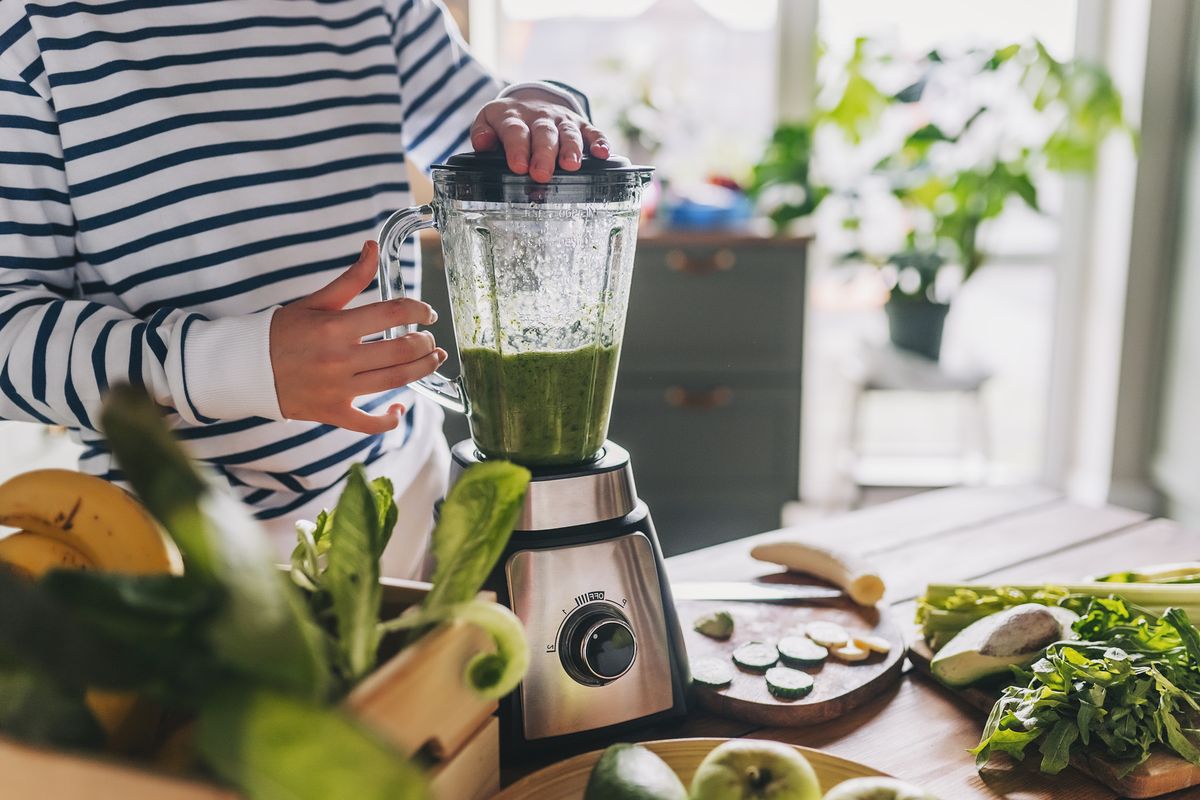


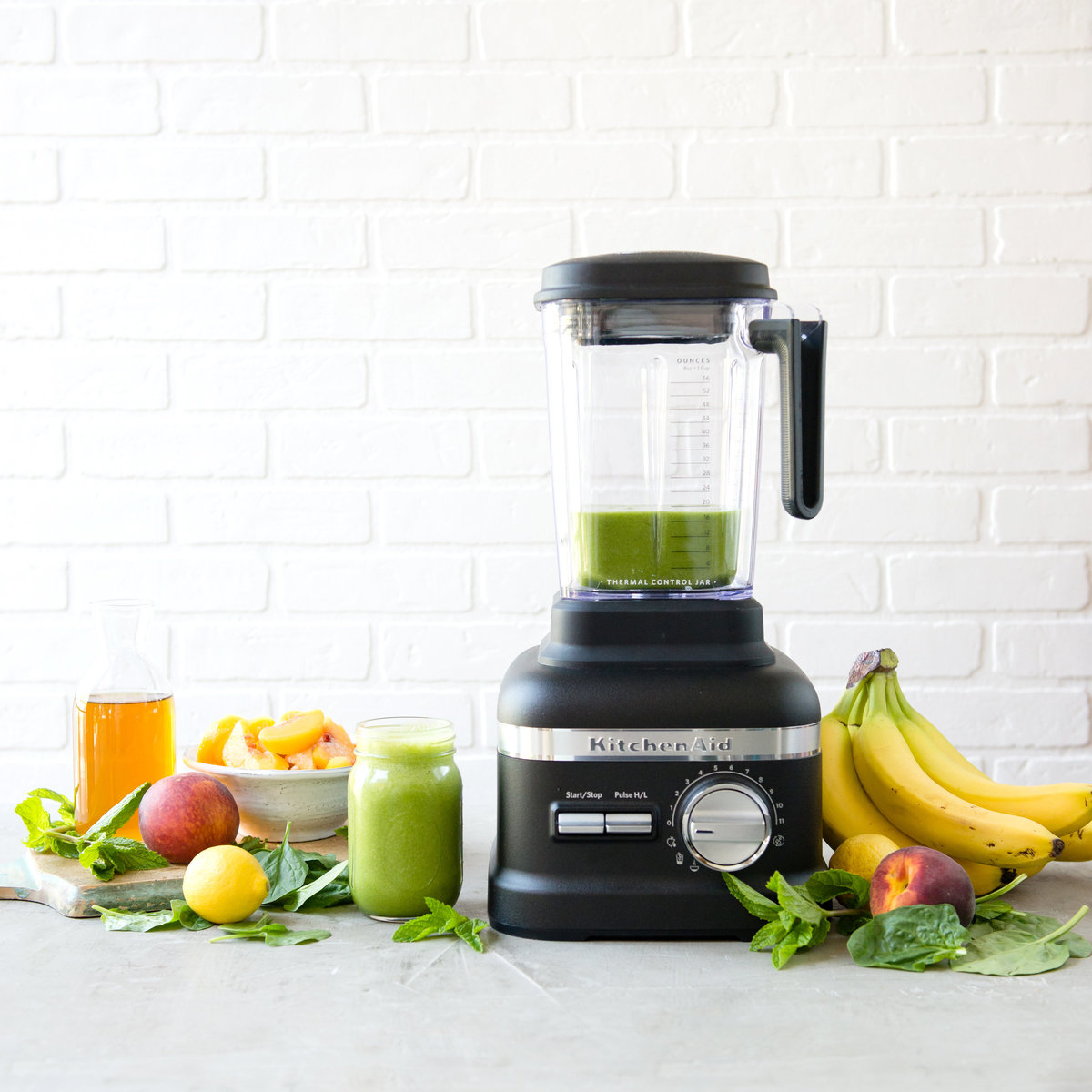
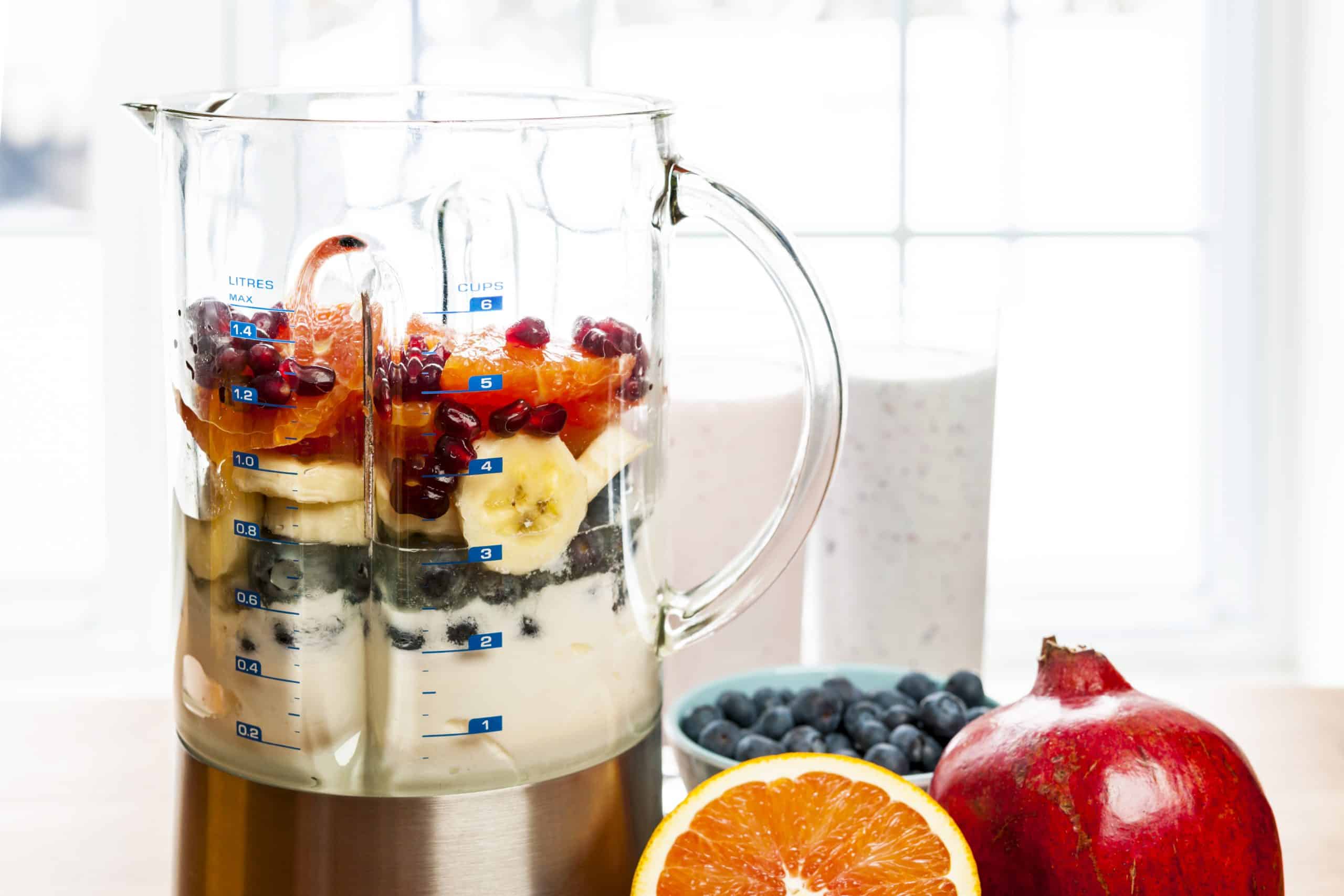
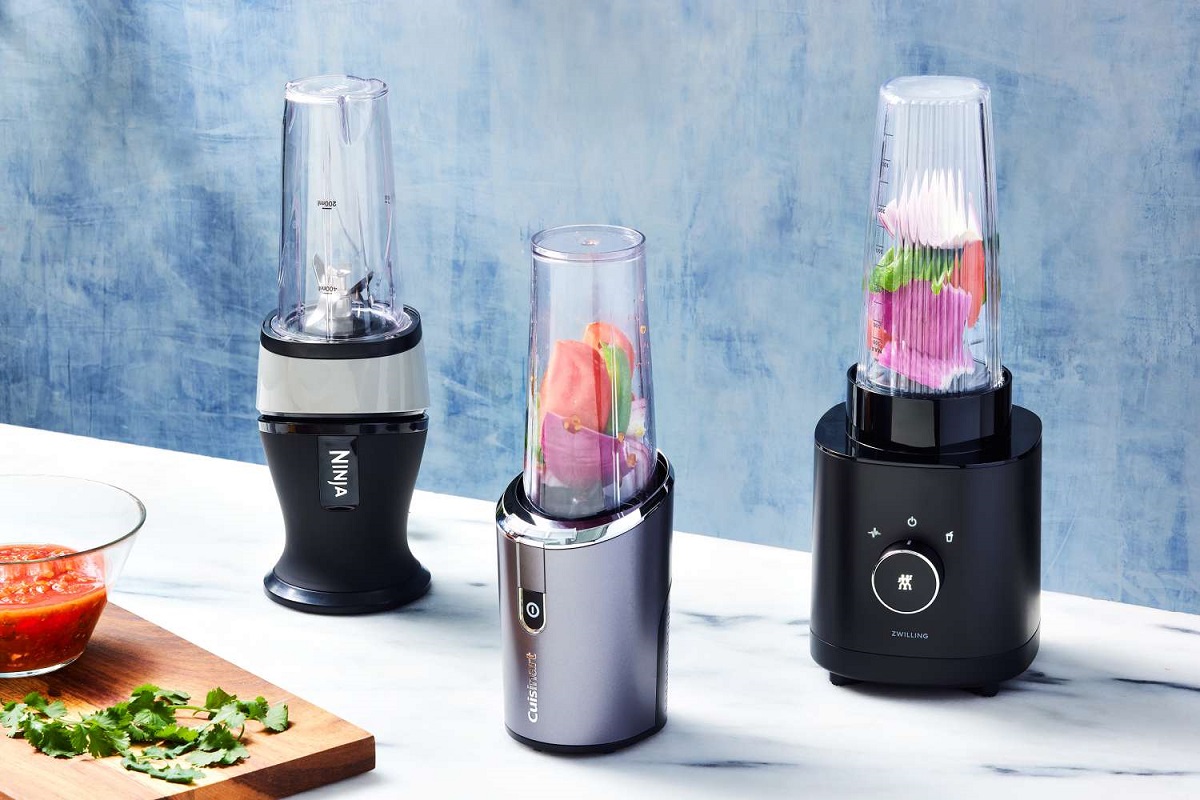
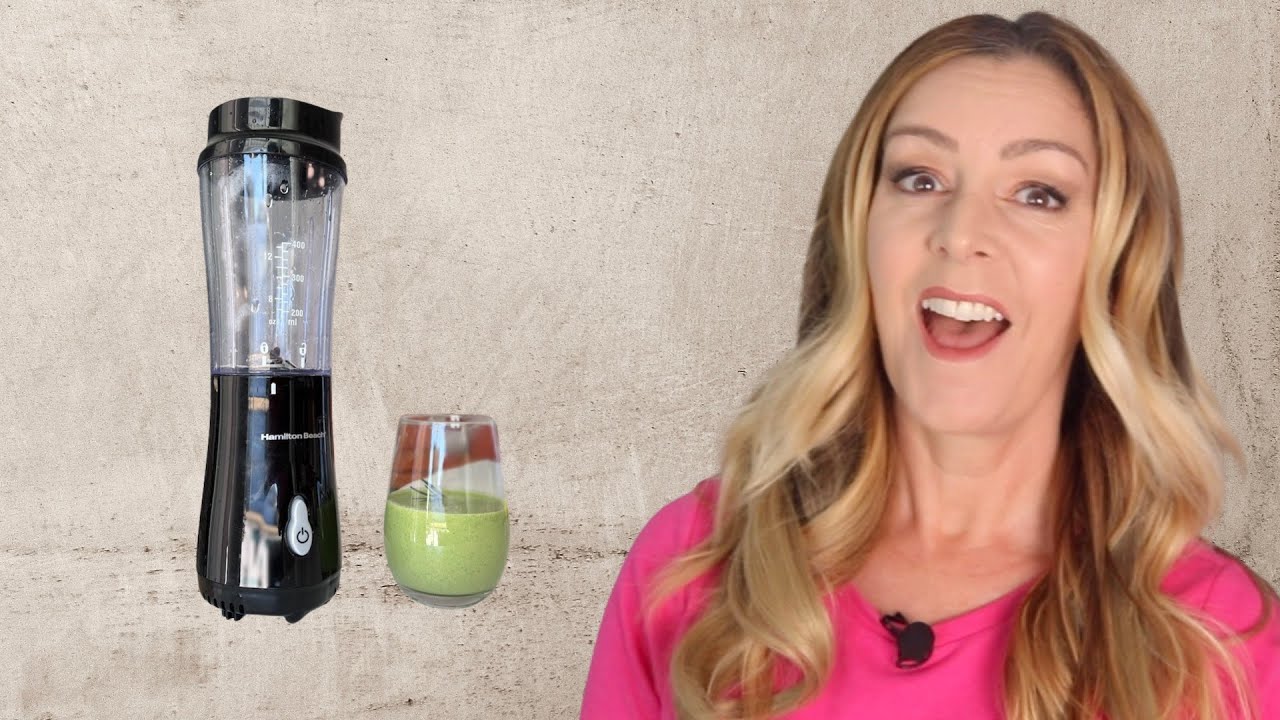
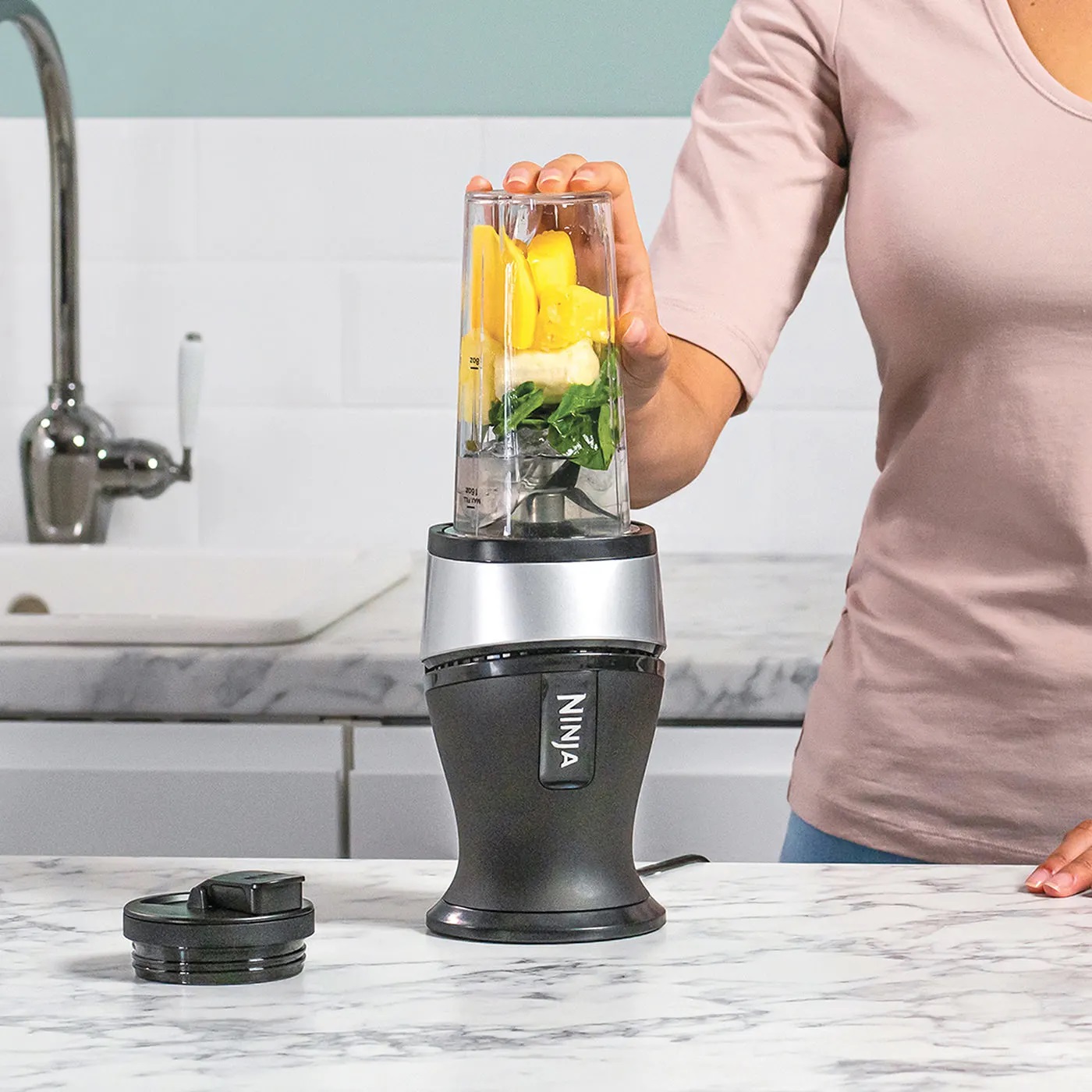
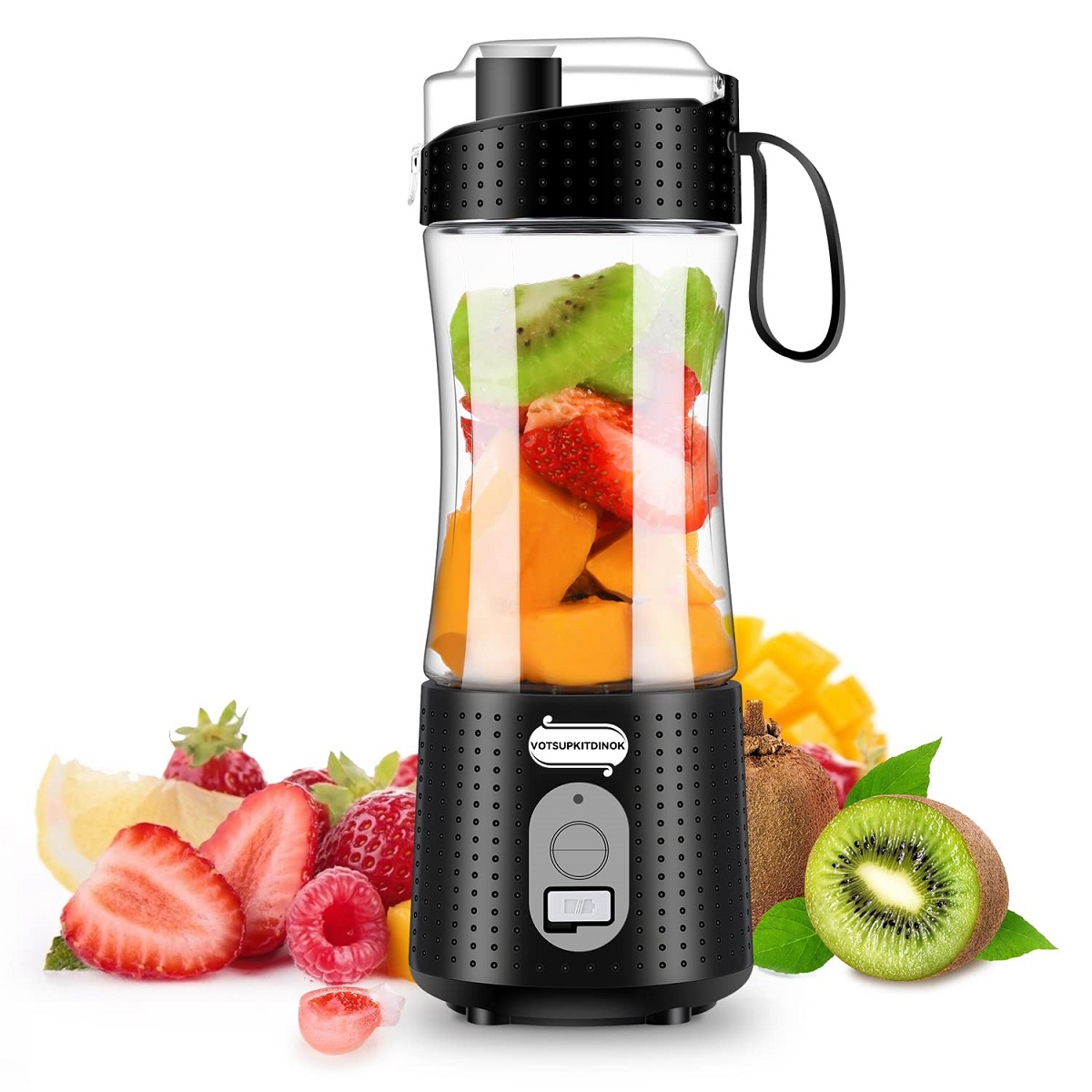

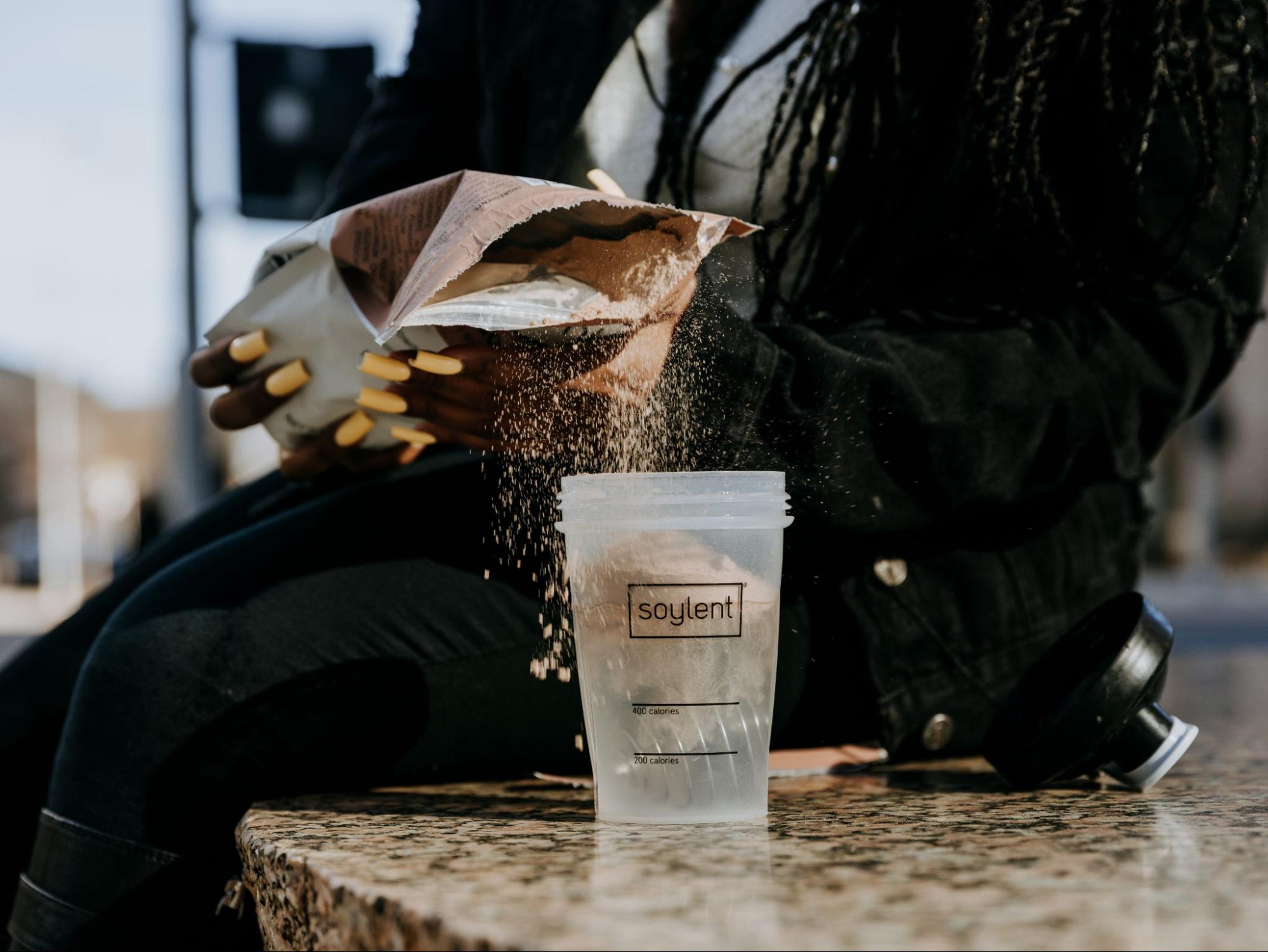
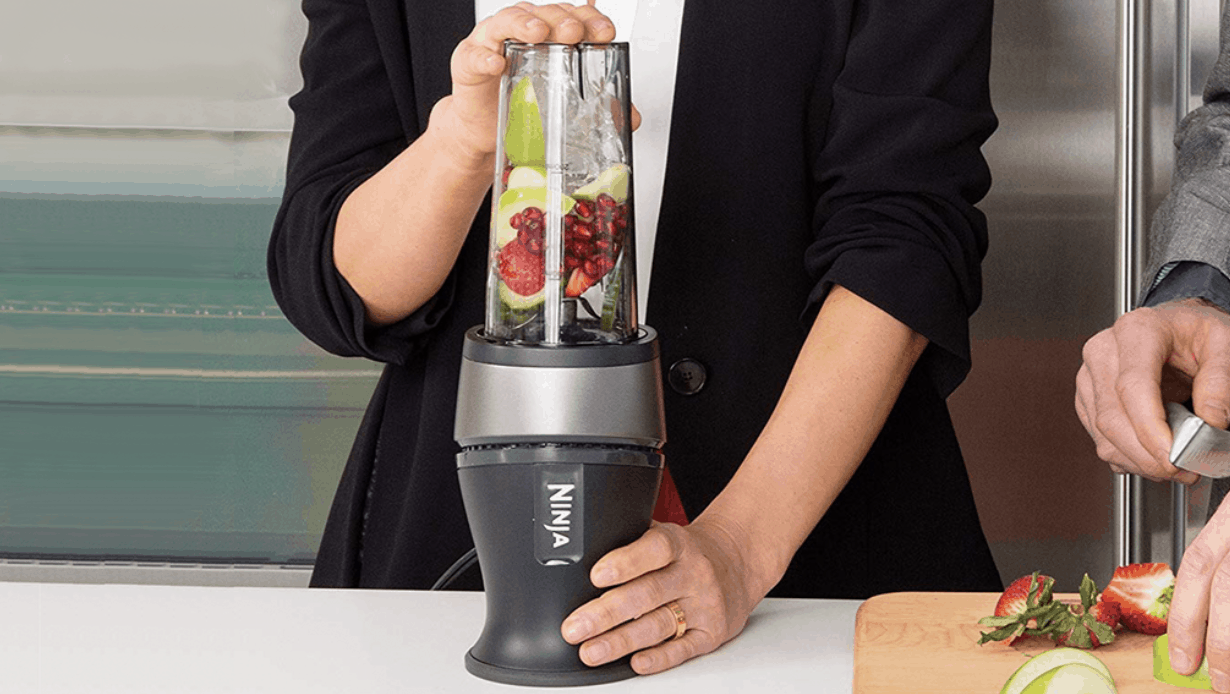
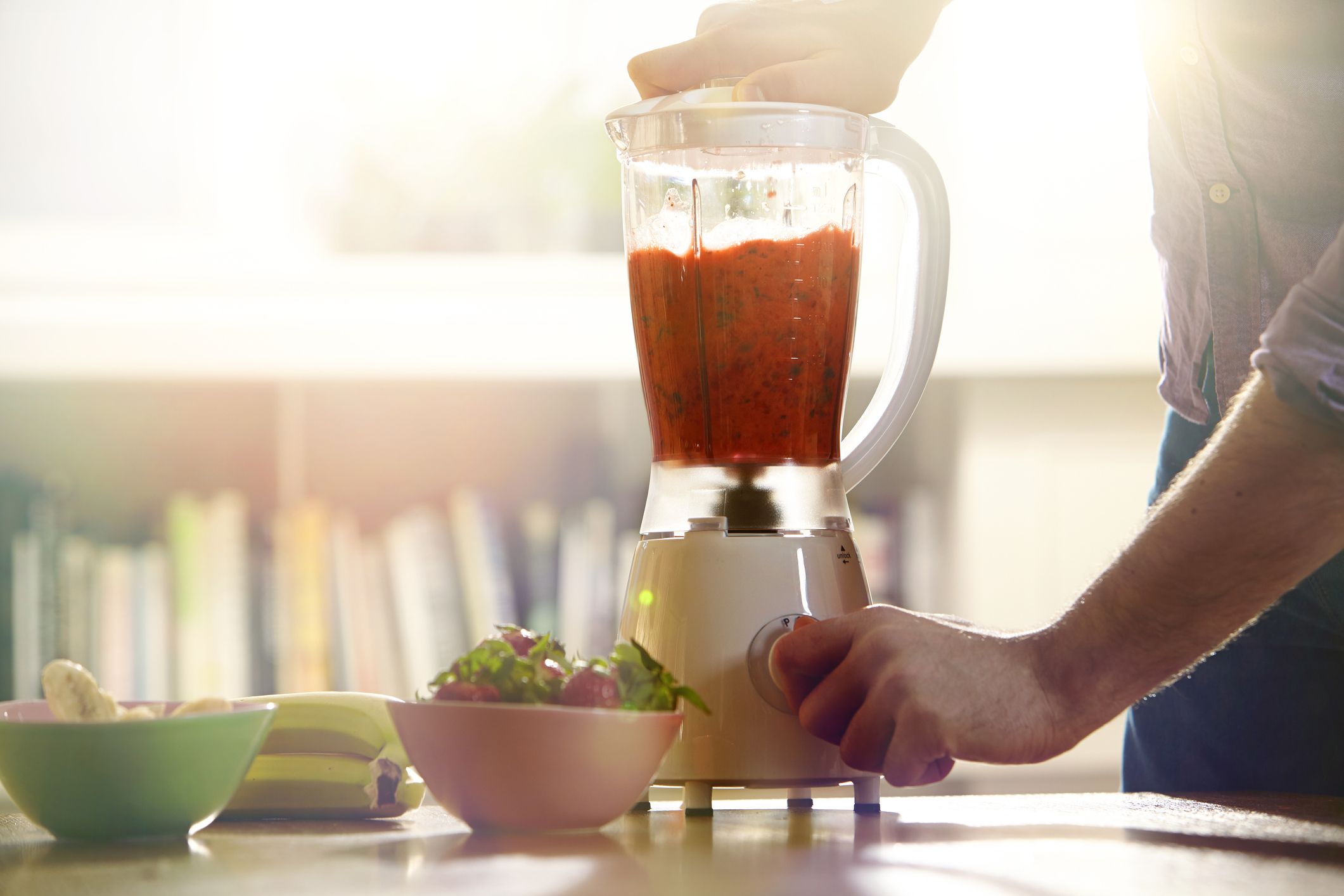

0 thoughts on “How To Use A Blender For Smoothies”